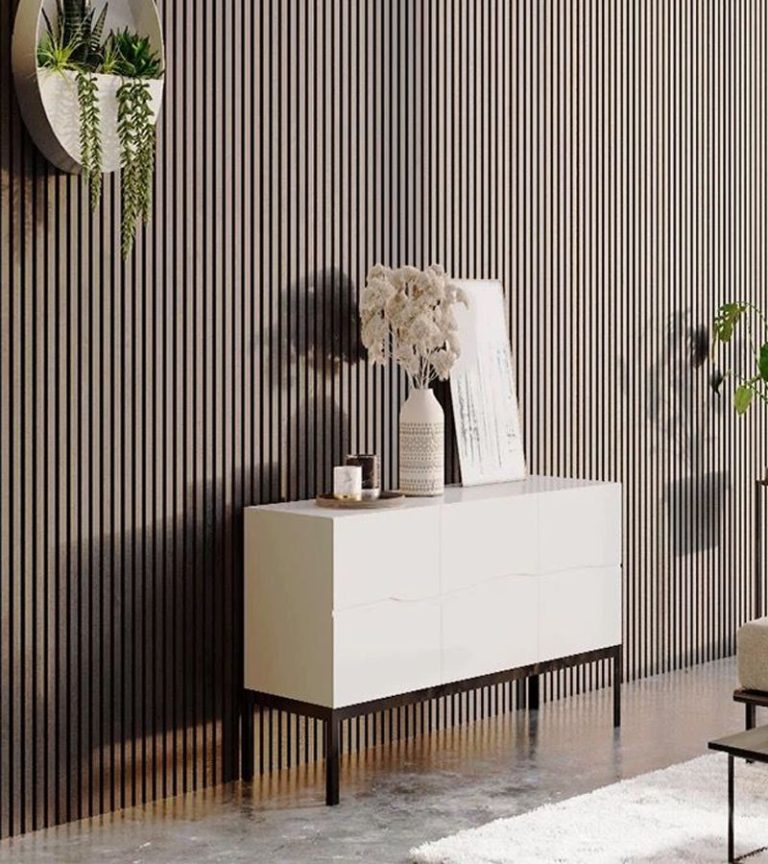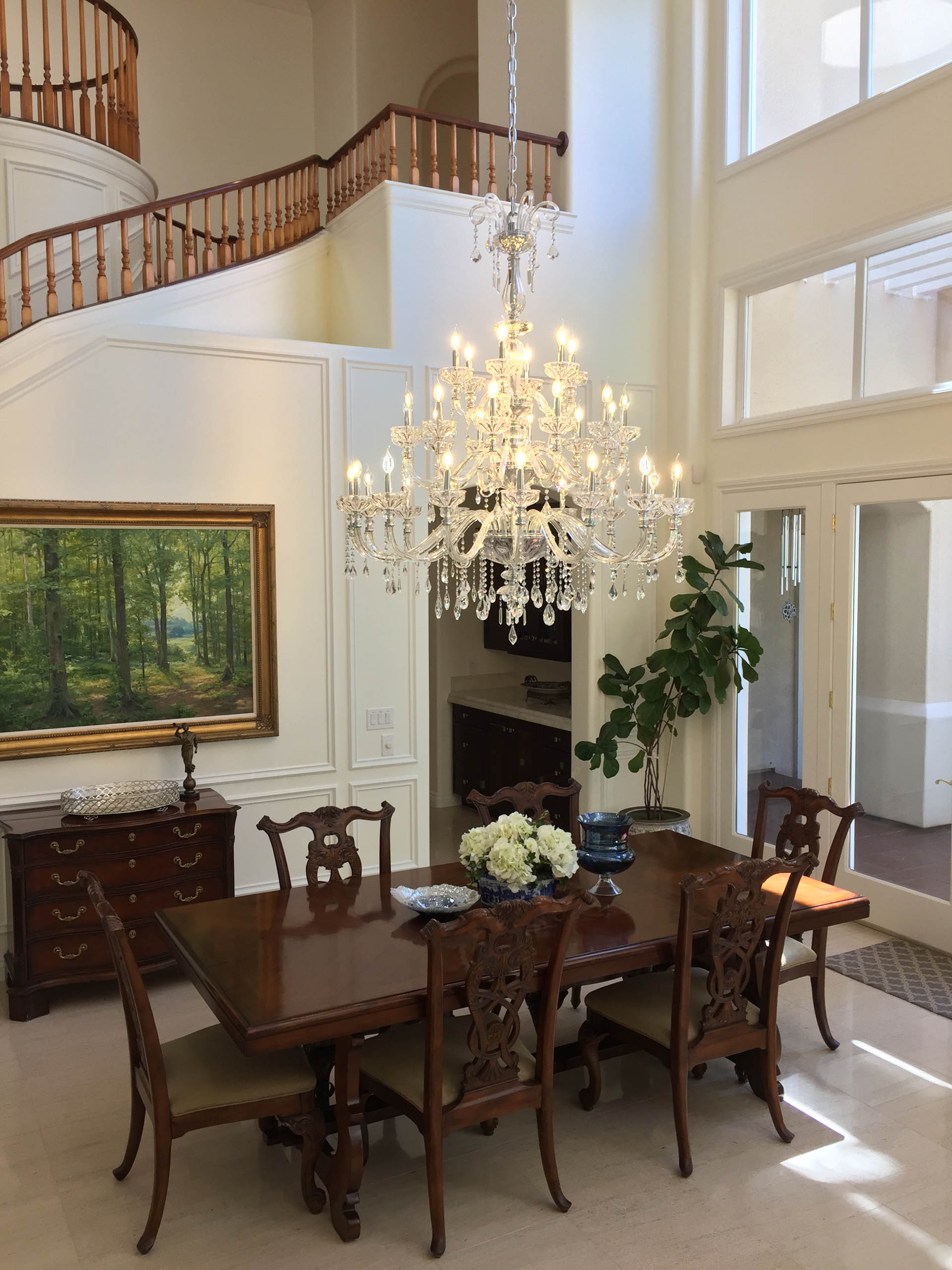Reimagine Your Walls: Why Wood Paneling Is Making a Bold ComebackReimagine Your Walls: Why Wood Paneling Is Making a Bold Comeback

Reimagine Your Walls: Why Wood Paneling Is Making a Bold Comeback
From Dated to Dashing: The Modern Rise of Wood Paneling
The use of wood paneling, which was once restricted to vintage basements and outmoded dens, is currently experiencing a refined resurrection in the scene of interior design in the modern day. There is no reason to be surprised by this rebirth; wood paneling provides a sense of texture, warmth, and elegance to areas that are looking for a natural and classic appearance. From acoustic advantages to aesthetic upgrades,
covers it all.
The Transformative Power of Wood Paneling
Wood paneling isn’t just decorative—it’s deeply functional. Homeowners, designers, and even digital marketers are rediscovering its many hidden benefits.
Aesthetic Versatility Meets Timeless Charm
Wood paneling is no longer a one-size-fits-all option. Its diversity in finish, tone, and layout allows for bold creativity:
- Shiplap: Offers a clean, coastal vibe ideal for modern homes.
- Beadboard: Brings vintage charm to bathrooms or kitchens.
- Reclaimed wood panels: Add rustic character and sustainability.
- Flat wood panels: Provide sleek modernity with Scandinavian appeal.
The Many Faces of Functionality
When used thoughtfully, wood paneling offers far more than just a beautiful backdrop. Here are just a few advantages:
- Insulation: Wood naturally helps regulate room temperature.
- Acoustics: It absorbs sound, reducing echo in larger spaces.
- Durability: Wood panels, especially those sealed or engineered, resist wear and tear.
- Concealment: Wiring, pipes, or uneven walls can easily be hidden behind paneling.
Wood Paneling Types Explained
Below is a breakdown of common wood paneling types and their primary features:
Description List
- Tongue and Groove – Interlocking panels are great for ceilings and accent walls.
- Wainscoting – Adds elegance and protection to lower walls.
- Board and Batten – Vertical boards with narrow battens to create a bold dimension.
- Slatted Panels – Modern and minimalist; ideal for dividing spaces or creating feature walls.
Why Homeowners Are Falling in Love Again
Enhancing your space with
can completely change the feel of a room. It’s not just about style. Wood paneling meets both aesthetic and practical needs:
Eco-Friendly Interior Design
Sustainable living starts at home, and wood paneling is a powerful contributor. Many brands now offer:
- FSC-certified timber
- Panels from reclaimed or repurposed wood
- Low-VOC sealants and finishes
This environmentally conscious material promotes good indoor air quality and responsible procurement of materials for the environment.
Easy Maintenance for Long-Term Style
Unlike wallpaper or painted drywall, quality wood paneling requires minimal upkeep. A simple wipe-down is often enough to keep it looking fresh. Some surfaces come pre-treated to resist moisture and stains, making them perfect for high-traffic areas or rooms like bathrooms and kitchens.
Creative Ways to Use Wood Paneling
Are you interested in experimenting with wood paneling differently? To elevate your design from the ordinary to the spectacular, consider the following one-of-a-kind applications:
Unordered List
- Feature a single accent wall in the bedroom or dining room
- Add vertical slats to make low ceilings appear taller
- Wrap a kitchen island in rustic reclaimed wood
- Incorporate wood paneling into built-in shelves
- Frame a fireplace with contrasting panel textures
Wood paneling works in unexpected places, too—hallways, entryways, and even ceilings can benefit from this treatment.
Frequently Asked Questions About Wood Paneling
Q: Is wood paneling outdated?
A: Not at all. While the 1970s gave it a kitschy reputation, today’s wood paneling is sleek, sustainable, and stunning. Modern finishes and installation methods have given this classic a stylish rebirth.
Q: Can wood paneling be installed in bathrooms?
A: Yes—with proper treatment. Moisture-resistant finishes and composite panels ensure wood paneling can thrive even in high-humidity environments.
Q: How long does wood paneling last?
A: With basic care, it can last decades. Quality wood panels look better with age as they develop a rich patina.
Q: Can I install wood paneling myself?
A: Many types of wood paneling, especially peel-and-stick or tongue-and-groove options, are DIY-friendly. However, intricate designs or custom fits may require professional help.
Q: Is wood paneling expensive?
A: Costs vary based on material type, size, and finish. Reclaimed wood can be affordable and sustainable, while high-end hardwoods may require a larger investment.
Wood paneling is more than a nostalgic design choice—it’s a modern solution to creating warm, character-filled spaces. Whether rustic or refined,
offers ideas for any design vision. As trends shift toward natural materials and timeless appeal, wood paneling stands as both a practical and beautiful investment in any home.

